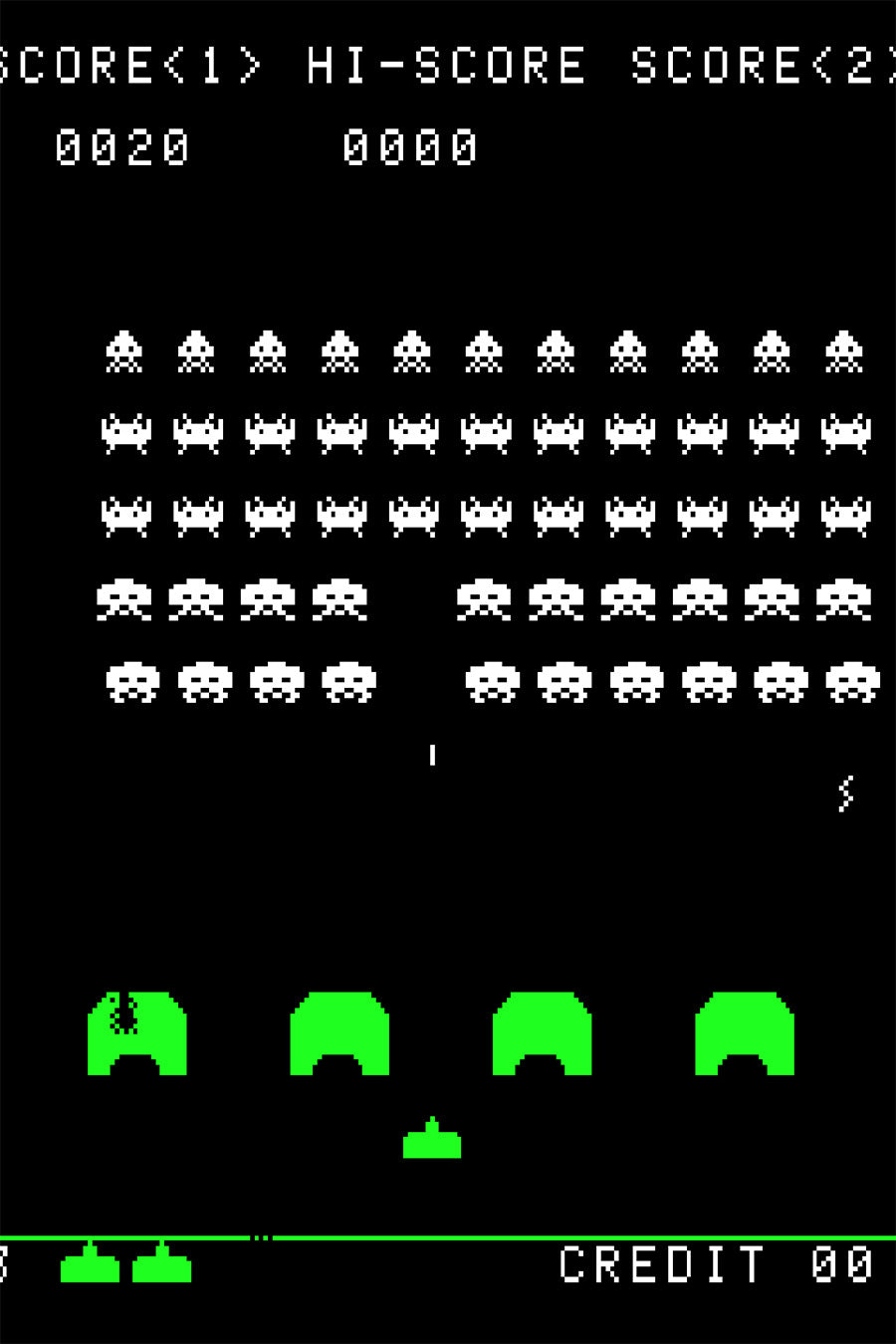Introduction
Arcade games are more than just entertainment; they’re a cultural phenomenon that has defined generations of gamers. From the simple, addictive gameplay of early classics to the immersive experiences of modern arcades, the history of arcade games is a story of innovation, creativity, and community. Whether you're a lifelong fan or new to the world of arcades, this deep dive into their history will take you on a journey through the eras that shaped gaming as we know it today.
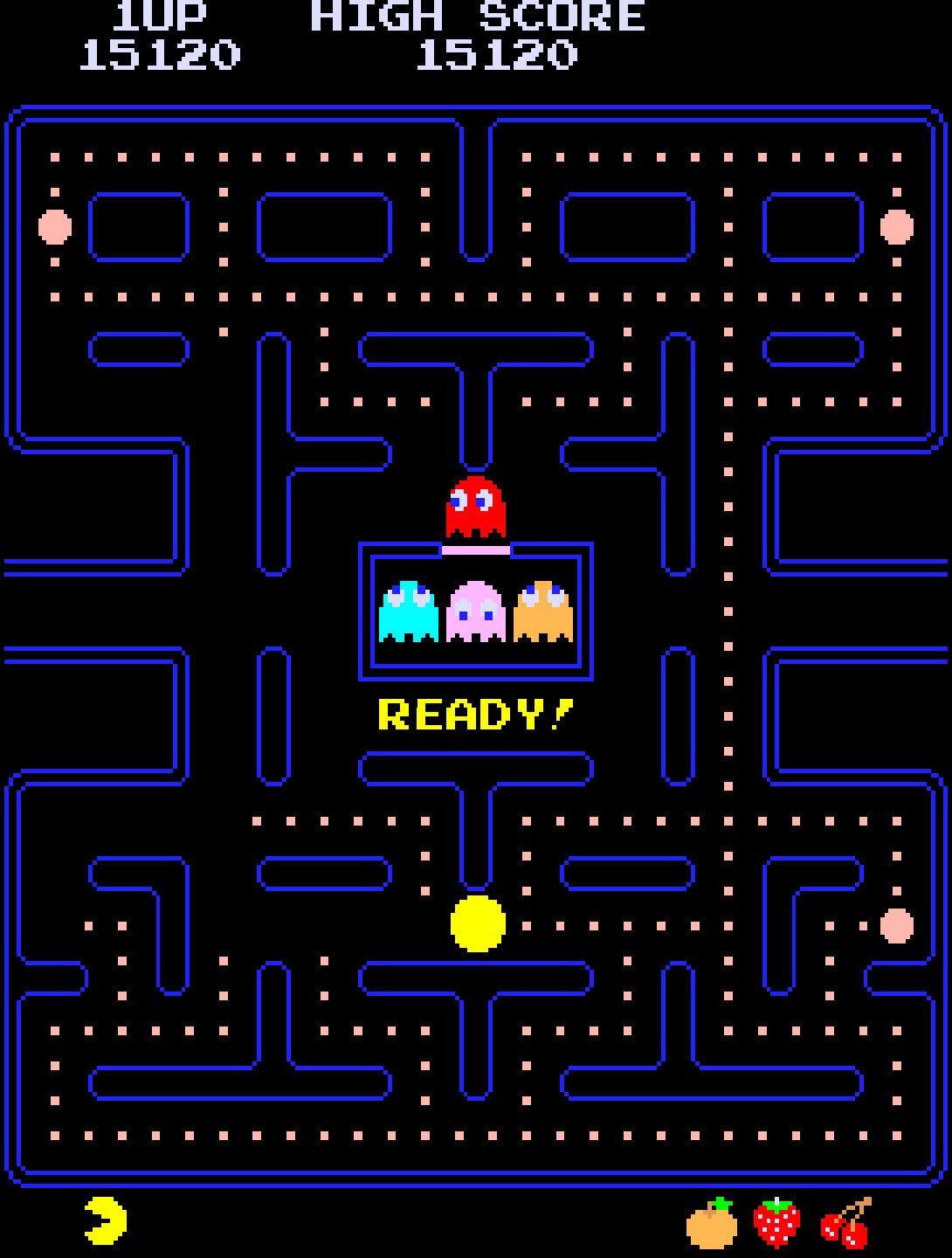
Early Beginnings – The Birth of Arcade Games (1970s)
The arcade industry traces its roots to the early 1970s, a time when the concept of video gaming was still in its infancy. Early pioneers laid the groundwork for what would become a multibillion-dollar industry.
Key Milestones:
- 1966 – The Genesis of Arcade Games: Sega released Periscope, an electromechanical game that simulated submarine warfare. Though not a video game, it introduced the concept of coin-operated gaming machines.
- 1971 – Computer Space: Created by Nolan Bushnell and Ted Dabney, Computer Space was the first commercially available arcade video game. While not a massive success, it paved the way for future innovations.
- 1972 – The Launch of Pong: Atari’s Pong, designed by Nolan Bushnell, became the first widely successful arcade game. Its simple, competitive gameplay captured the attention of players everywhere and marked the beginning of arcade gaming as a mainstream phenomenon.

The Golden Age of Arcade Games (Late 1970s – Mid-1980s)
The late 70s and early 80s saw the rise of the golden age of arcade gaming. During this period, arcades became cultural hubs, and iconic games were born.
Iconic Games of the Era:
- Space Invaders (1978): Created by Taito, Space Invaders introduced the concept of high scores, turning gaming into a competitive activity.
- Pac-Man (1980): Namco’s Pac-Man became a global sensation, appealing to a broader audience with its non-violent, maze-chase gameplay.
- Donkey Kong (1981): Nintendo introduced Donkey Kong, marking the debut of Mario and adding narrative depth to arcade games.
- Galaga (1981): A sequel to Galaxian, this game elevated space shooters with its engaging gameplay and iconic enemy formations.
Why This Era Was Revolutionary:
- Arcades as Social Hubs: During this period, arcades became gathering spots where players competed for high scores and formed communities.
- Innovations in Design: Developers began experimenting with new genres, mechanics, and narratives, creating games that offered more depth and replayability.
- Explosion in Popularity: By the early 80s, arcades were everywhere—from malls to bowling alleys—and gaming had cemented its place in popular culture.
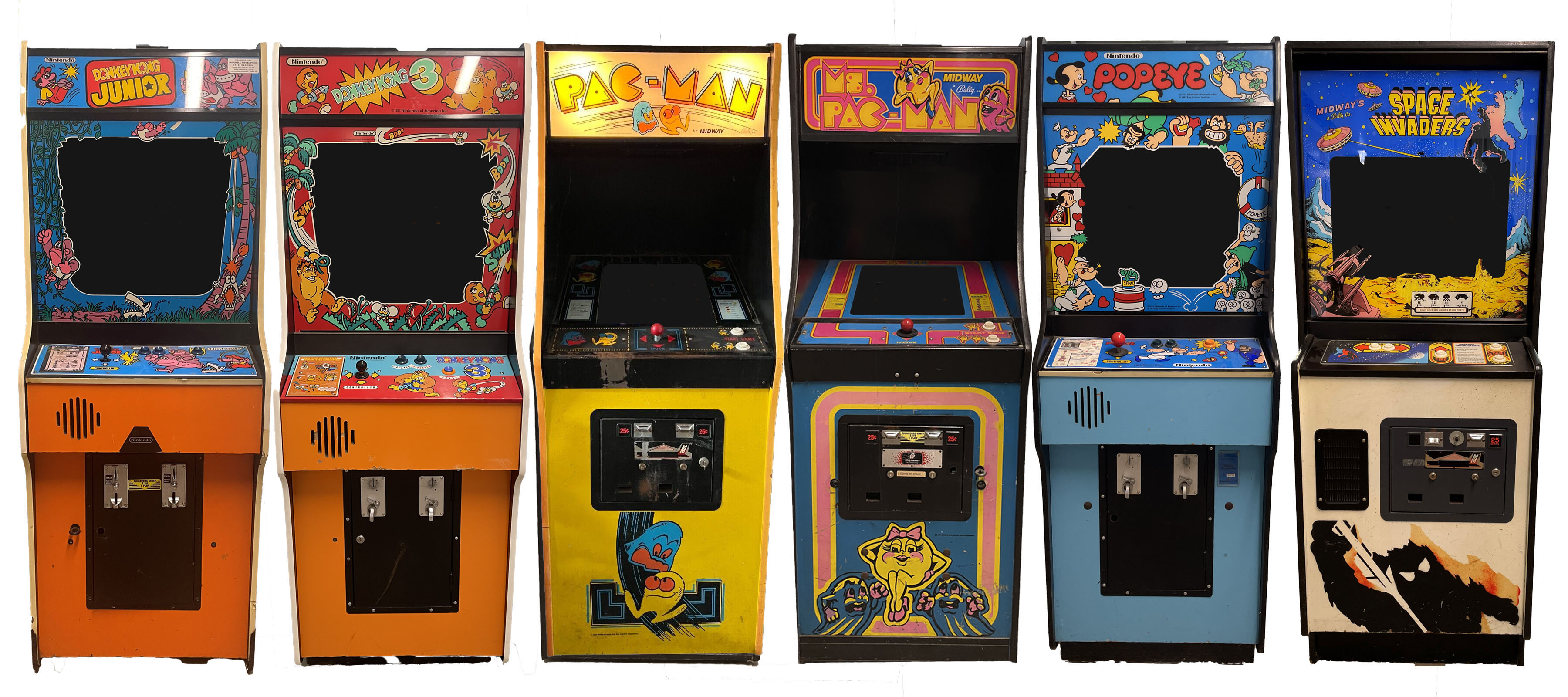
The Decline of Arcades (Late 1980s – Early 1990s)
Despite their immense popularity, arcades faced a significant decline starting in the late 1980s due to several factors:
- Home Console Revolution: The rise of affordable and powerful home gaming systems like the Nintendo Entertainment System (NES) and Sega Genesis drew players away from arcades.
- Market Saturation: An oversupply of low-quality arcade games flooded the market, causing a loss of consumer interest.
- Economic Factors: Recessions in some markets made coin-operated gaming less appealing, and arcade operators struggled to stay profitable.
However, this period wasn’t without its standout games. Titles like Street Fighter II (1991) and Mortal Kombat (1992) introduced the fighting game genre, keeping arcades relevant for competitive players.
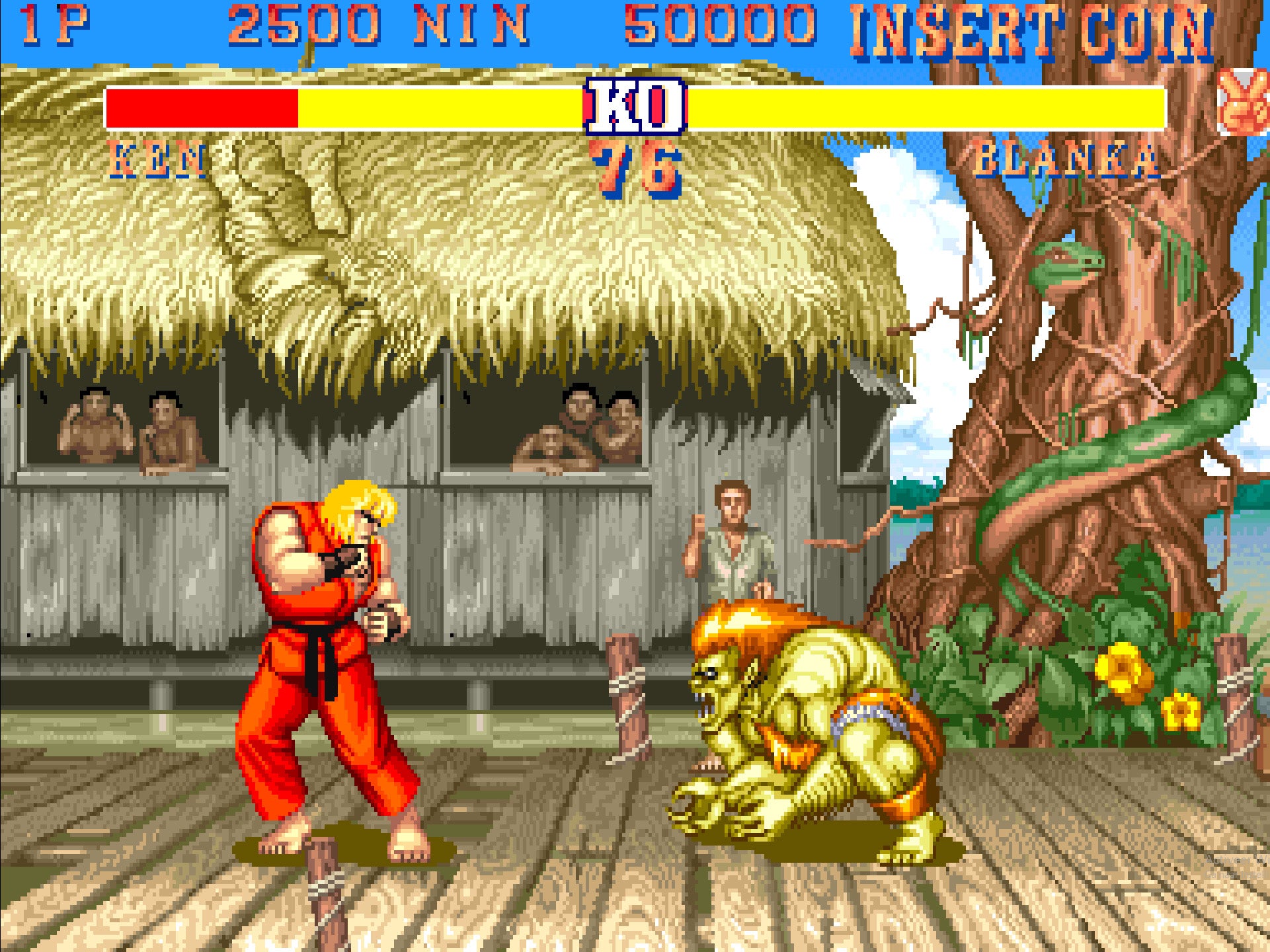
The Revival and Evolution of Arcades (2000s – Present)
While traditional arcades declined, they never disappeared. In fact, the 2000s saw a resurgence of interest in arcades, driven by nostalgia, innovation, and the rise of barcades (arcade bars).
Key Trends in Modern Arcades:
- Barcades and Retro Revival: Venues combining classic arcade games with craft beers and cocktails have brought arcades back into social spaces.
- Modern Innovations: Games like Dance Dance Revolution (Konami, 1998) and Mario Kart Arcade GP (Namco, 2005) introduced physical and interactive elements to arcades, appealing to a new generation of players.
- Esports and Competitive Play: The competitive spirit of arcades lives on in modern esports, which often incorporate retro gaming tournaments.
- VR and Immersive Experiences: Virtual reality (VR) arcades have emerged, offering cutting-edge, fully immersive gaming experiences that bring a new dimension to arcade gaming.

The Legacy of Arcade Games
Arcade games have left an indelible mark on the gaming industry and culture as a whole. They laid the foundation for modern video games, introduced groundbreaking technology, and created a communal gaming experience that remains unmatched. Today, arcade games continue to inspire new generations of players and developers, proving that their legacy is far from over.
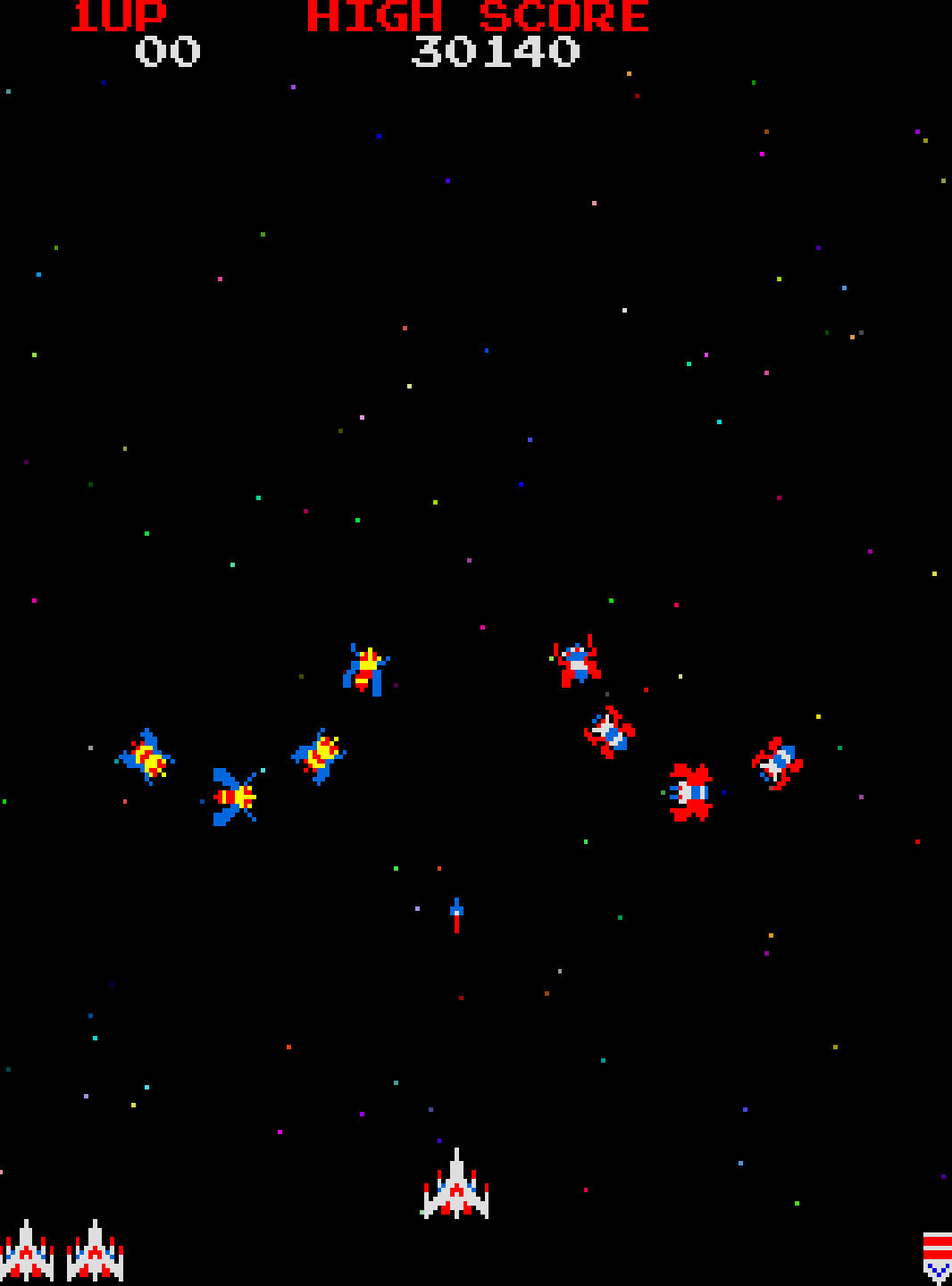
Fun Facts About Arcade History
- Record-Breaking Success: Space Invaders was so popular in Japan that it reportedly caused a shortage of 100-yen coins.
- Longest-Running High Score: Pac-Man’s perfect score (3,333,360) was first achieved in 1999 by Billy Mitchell, solidifying it as one of gaming’s toughest challenges.
- Arcade Cabinets as Collectibles: Original arcade cabinets from the golden age, like Defender and Asteroids, are highly sought after by collectors today.
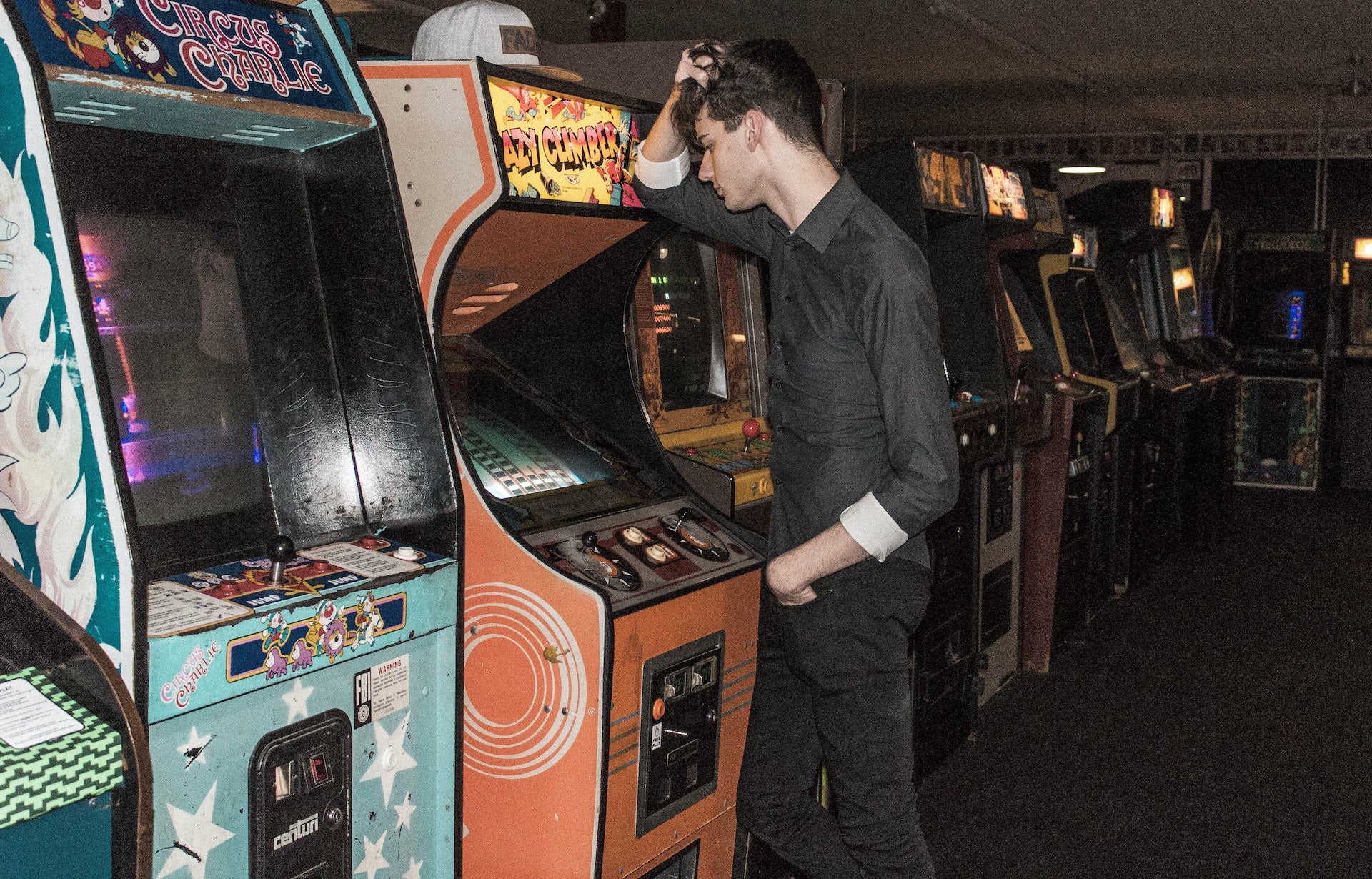
History of Arcades Video
Conclusion
From their humble beginnings in the 1970s to the cutting-edge experiences of today, arcade games have continually evolved while maintaining their charm and appeal. They are more than just games—they’re a celebration of creativity, technology, and community. Whether you’re reminiscing about the past or diving into the world of retro gaming for the first time, the history of arcade games offers endless inspiration and fun.
Sources
- Nintendo's official History Page
- Atari's official history page.
- SEGA's history page
- Capcom's official history page
- NYTimes deepdive article on 1983
- Electronic Games Magazine (Winter Issue 1981), (Issue March 1982) (Issue January 1983), (Issue January 1984)
Related Pages
Questions you might have:
What is the Video Game Crash of 1983?
The Video Game Crash of 1983 was a major industry crisis marked by the abrupt decline of the North American video game market. Oversaturation, low-quality games, and a flood of consoles led to consumer disillusionment. This led to a market crash, causing Atari's financial collapse, the closure of game studios, and reluctance from retailers. The crash prompted a reevaluation of game design and marketing strategies, paving the way for Nintendo's revitalization with the NES and stricter quality control measures in the industry.
What impact did iconic games like "Pac-Man," "Space Invaders," and "Donkey Kong" have on arcade history?
Iconic games like "Pac-Man," "Space Invaders," and "Donkey Kong" played a pivotal role in popularizing arcades, influencing game design, and contributing to the gaming industry's growth.
How did arcade games influence the development of home console gaming?
Arcade games introduced innovative gameplay concepts and pushed technological limits. The success of arcade titles inspired developers to adapt their ideas for home consoles, leading to cross-pollination of game design. Learn more here.
How do Pacman and Miss Pacman compare?
Pac-Man and Ms. Pac-Man share a similar core gameplay of navigating mazes, eating pellets, and evading ghosts. However, Ms. Pac-Man introduced multiple mazes, faster gameplay, and enhanced graphics. She also brought a female protagonist to the arcade, adding diversity to the gaming world and becoming an equally cherished icon. Learn all about the couple here.
What led to the decline of arcades and the end of the Golden Age?
Several factors, including the rise of home gaming consoles, economic downturns, and changing preferences in entertainment, contributed to the decline of arcades and the Golden Age era.
What is the current status of arcade gaming, and are arcades making a comeback?
Traditional arcades have faced challenges due to changing entertainment trends, but there's been a resurgence of interest in classic arcade gaming. Retro-themed arcades, barcades, and arcade games incorporated into modern venues contribute to this revival.
When and where did the first arcade games originate?
The first coin-operated arcade game, "Computer Space," was released in 1971 by Nutting Associates. The concept of arcade games, however, dates back to the early 20th century with mechanical games like penny arcades.
What is the difference in American and Japanse video game culture?
American gaming culture highlights competitive genres like shooters, while Japanese culture favors social experiences, rhythm games, and story-driven RPGs, often centered around arcades and consoles. Learn more here.
What is the Golden Age of arcade gaming?
The Golden Age of arcade gaming refers to the period roughly from the late 1970s to the mid-1980s, marked by a significant surge in popularity of arcade video games.
Which games are considered classics from the Golden Age of arcades?
Classic games from the Golden Age include "Pac-Man," "Space Invaders," "Donkey Kong," "Galaga," "Centipede," "Asteroids," "Ms. Pac-Man," "Street Fighter 2," "Frogger," and "Defender."


